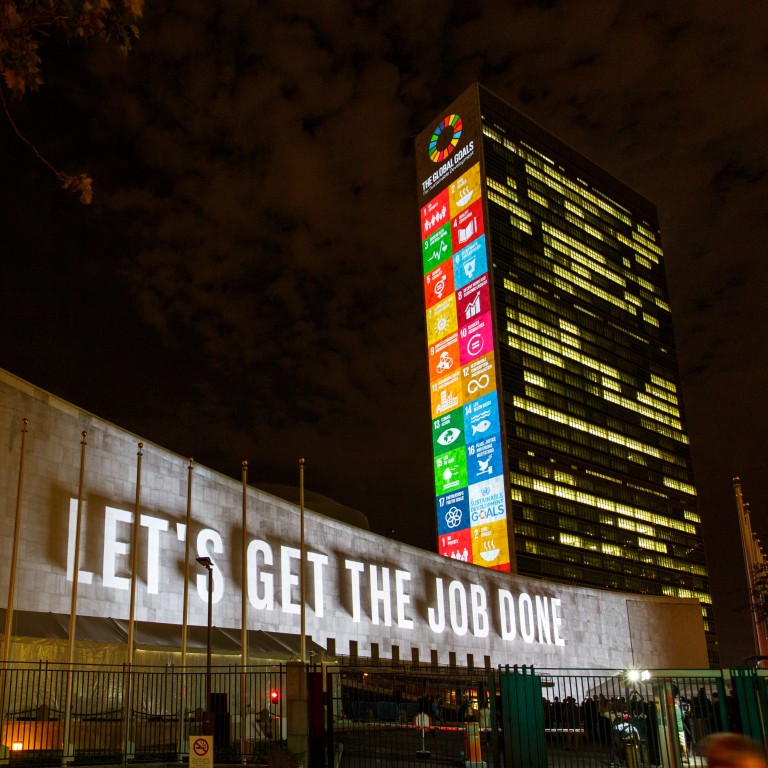
How the Asia-Pacific region can help lead the world into a new era of sustainability
Shamshad Akhtar applauds the endorsement of a new global development agenda, which the region has a responsibility to turn into reality
The resounding endorsement by global leaders last week of the groundbreaking and transformational 2030 Agenda for Sustainable Development sparks new hope and optimism for multilateralism. Crafted to be universal, people-centred and inclusive, the 2030 agenda will promote peace and prosperity, touching all lives through its holistic approach to ending poverty everywhere.
The design and formulation of the 2030 agenda have been managed through an inclusive, global process on an unprecedented scale, incorporating the priorities and voices of more than 3.5 million people from Asia and the Pacific alone. In forging the new agenda, there has also been a shared recognition by global leaders of the need to save our planet from challenges like climate change.
Bringing the 2030 agenda into mainstream development plans and budgets, and backing them with strong oversight, will be critical
The 2030 agenda, based on 17 goals and 169 targets, may seem overly ambitious to some, but poverty eradication cannot be sustained without comprehensive progress in economic growth, social justice and ecological sustainability. This is a bold and inspirational new road map that will guide us to more sustainable growth, which is resource-efficient and respects planetary boundaries. Globally, more than 1.4 billion people still live in poverty, social disparities are widening and growth remains inefficient and wasteful. Our region has a shared responsibility to lead, which is why bringing the 2030 agenda into mainstream development plans and budgets, and backing them with strong oversight, will be critical.
Five conditions must be met to allow Asia-Pacific governments to make this happen:
First, sufficient financial resources are needed. We estimate the region will need to invest between US$2.1 trillion and US$2.5 trillion per year to fund a comprehensive agenda for sustainable development. These resources are available.
Second, good governance and inclusion has to be embedded in policy implementation. Third, innovations, new technology and associated know-how must drive sustainable development, although innovation gaps in the region remain very large.
Fourth, we need to pair innovation with resources, enabling countries to find and adapt the best policy options for sustainability. Finally, climate action must be integrated across all areas of policy and governance – social, environmental and economic. While emissions must be reduced through low-carbon energy, transport and buildings and through energy efficiency, we must also build more resilient societies, prepared for extreme weather events and their impact – including changes in food production and migration.
Shamshad Akhtar is a UN undersecretary general and executive secretary of the Economic and Social Commission for Asia and the Pacific
